In today’s fast-paced industrial environments, material handling equipment plays a crucial role in maximizing productivity and ensuring worker safety. Among these, jib cranes stand out as an exceptionally versatile solution for lifting, rotating, and transporting loads in confined workspaces. But what sets jib crane components apart from other lifting systems? In this article, we will explore the key jib crane components, how they function, and what makes them unique when compared to other lifting mechanisms.
Table of Contents
ToggleUnderstanding Jib Crane Components
Jib cranes operate through a series of specialized components that work harmoniously to lift, maneuver, and place materials safely. Each part is engineered with precision to ensure smooth operation, stability, and adaptability in various industrial applications.
Here are the essential jib crane components that differentiate them from other cranes:
1. The Mast or Column
This vertical support structure serves as the foundation of the jib crane. It’s typically mounted to the floor (in freestanding models) or integrated into existing building columns (in wall-mounted models). Unlike gantry or overhead cranes, jib cranes can be installed without massive structural support, making them ideal for narrow or low-ceiling work areas.
2. The Boom (Swing Arm)
The horizontal arm attached to the mast is known as the boom or swing arm. It supports the hoist and trolley system and allows for rotational movement, typically 180° to 360°. The boom’s range and articulation are what give jib cranes their flexibility.
Explore the Articulated Jib Crane – Wall Mounted option that offers increased maneuverability around obstacles in tight work zones.
3. Hoist
The hoist is the lifting mechanism responsible for raising and lowering loads. Jib cranes can be equipped with electric, pneumatic, or manual hoists depending on the load type and application. The choice of hoist adds to the crane’s adaptability.
4. Trolley
Mounted on the boom, the trolley allows the hoist to move back and forth along the length of the swing arm. This enables precise horizontal positioning of loads, a feature not all cranes can provide with the same level of accuracy.
5. Base Plate and Anchor Bolts
For freestanding jib cranes, the base plate and anchor bolts are critical. They ensure stability and distribute load stress evenly across the floor, offering a safer and more efficient lifting environment.
6. Power Supply and Festoon System
Powering the crane’s components is often managed via festoon systems or conductor bars. These systems ensure that power reaches the hoist and controls without impeding the crane’s movement.
Unique Characteristics of Jib Crane Components
Jib crane components are designed for:
Compact Workspaces
Jib cranes require minimal floor space and can be wall-mounted or column-mounted, ideal for areas where overhead cranes are not feasible.
Flexible Lifting
With 180° to 360° rotation and trolley movement, jib cranes offer precise and versatile lifting capabilities.
Customization
Components can be tailored to suit specific applications and environments, whether handling delicate items like a granite countertop or heavy industrial equipment.
Cost Efficiency
With fewer structural requirements and ease of maintenance, jib cranes are more economical in both installation and long-term operation.
For a detailed breakdown of each part, check out What Are Jib Crane Components and How Do They Work?
Comparisons with Other Lifting Systems
Overhead Cranes
- Require substantial overhead space and structural reinforcement.
- Costly to install and maintain.
- Suitable for large-scale operations but overkill for smaller tasks.
Gantry Cranes
- Mobile and suitable for outdoor or temporary workstations.
- Take up more floor space and may require more frequent repositioning.
Lifting Clamps and Portable Lifting Gear
- Ideal for vertical lifts and quick jobs.
- Lack the rotational and precise placement capabilities of jib crane systems.
Real-World Benefits
1. Safety
Modern jib crane components are designed with safety in mind. Load limiters, remote controls, and smooth hoist systems reduce the risk of accidents.
Learn more about Small Jib Crane Safety Features to Prevent Workplace Injuries
2. Efficiency
By enabling single-person operation and easy installation, jib cranes streamline workflows and reduce downtime.
See how How Small Jib Crane Improves Workflow in Assembly Lines with minimal disruption.
3. Scalability
From DIY workshops to large industrial plants, the scalability of jib crane components makes them an excellent long-term investment.
Find more customizable options in more crane products
Conclusion
Jib crane components are engineered for precision, safety, and adaptability—features that truly distinguish them from traditional lifting systems. Whether you’re outfitting a compact assembly line, warehouse, or granite fabrication shop, understanding how these components work together is key to building a safe and efficient lifting environment.
When compared to other systems, the jib crane components shine in terms of compact design, flexible operation, and long-term reliability. Ready to explore your options? Dive into the world of high-performance cranes designed to lift your productivity.
Also read: Why Jib Crane Components Matter in Safe Lifting Systems and jib crane

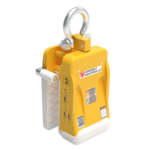
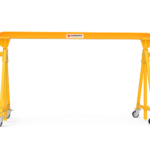
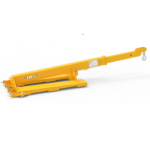
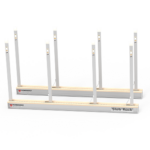
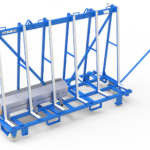
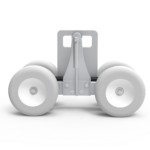
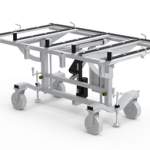
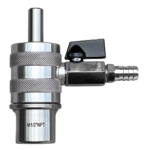
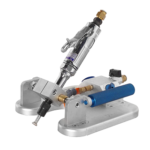
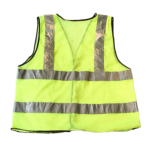
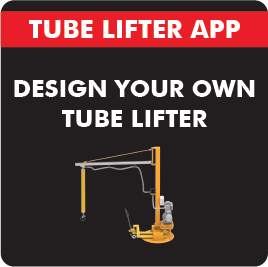
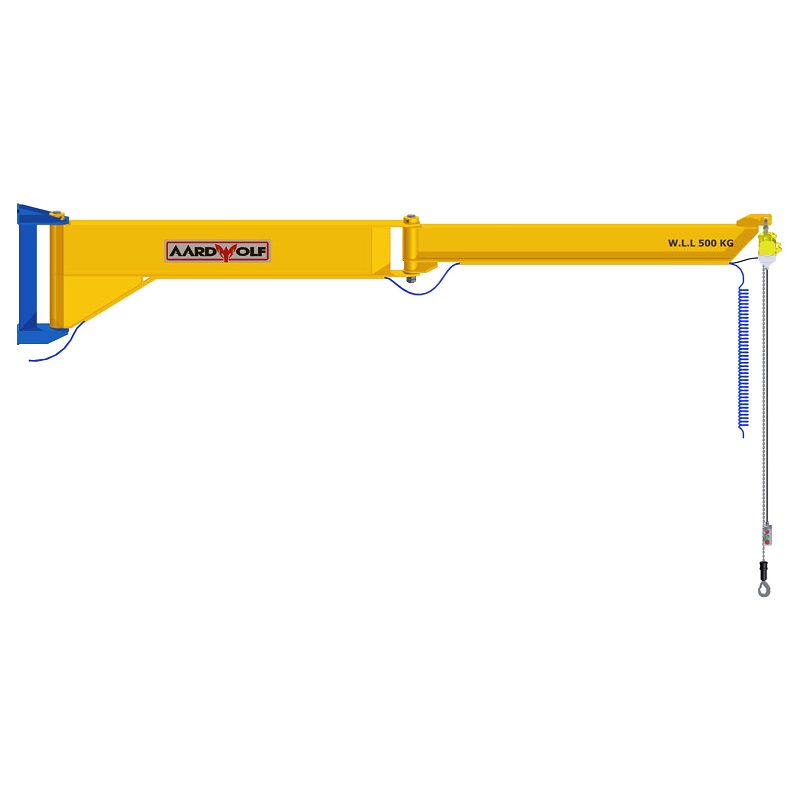
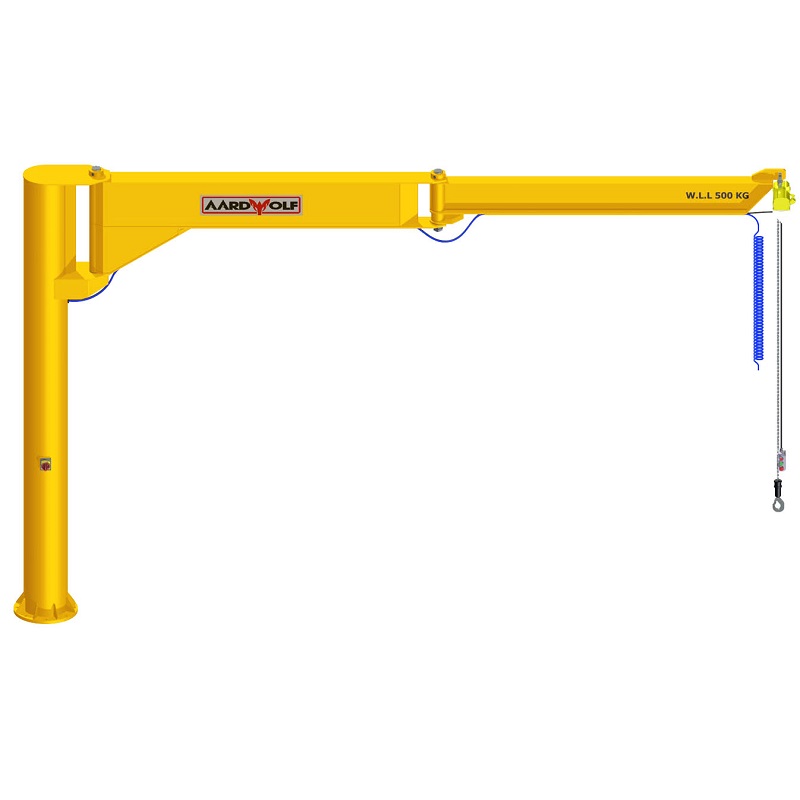
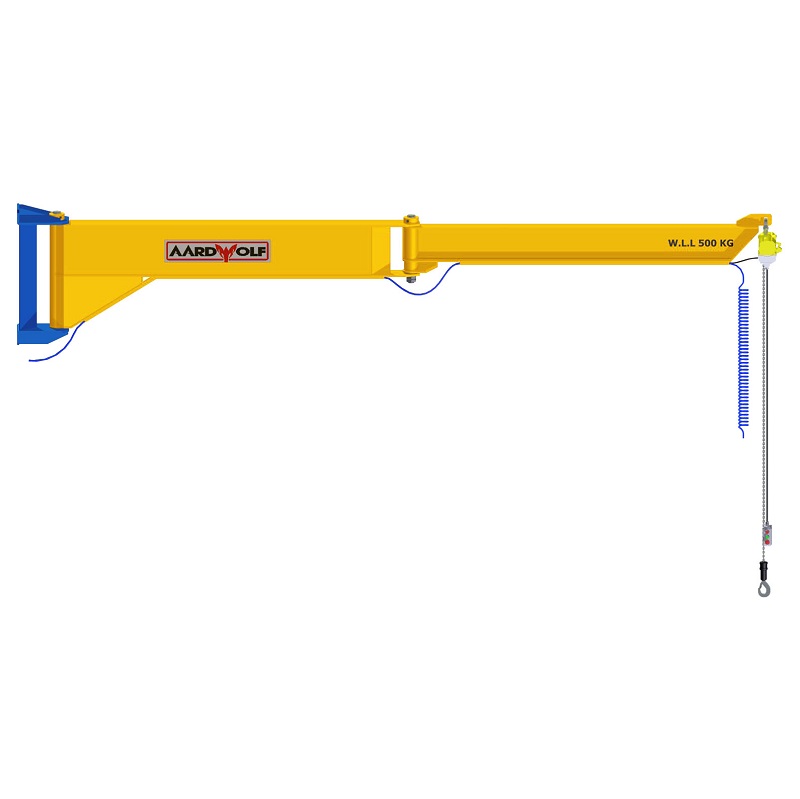
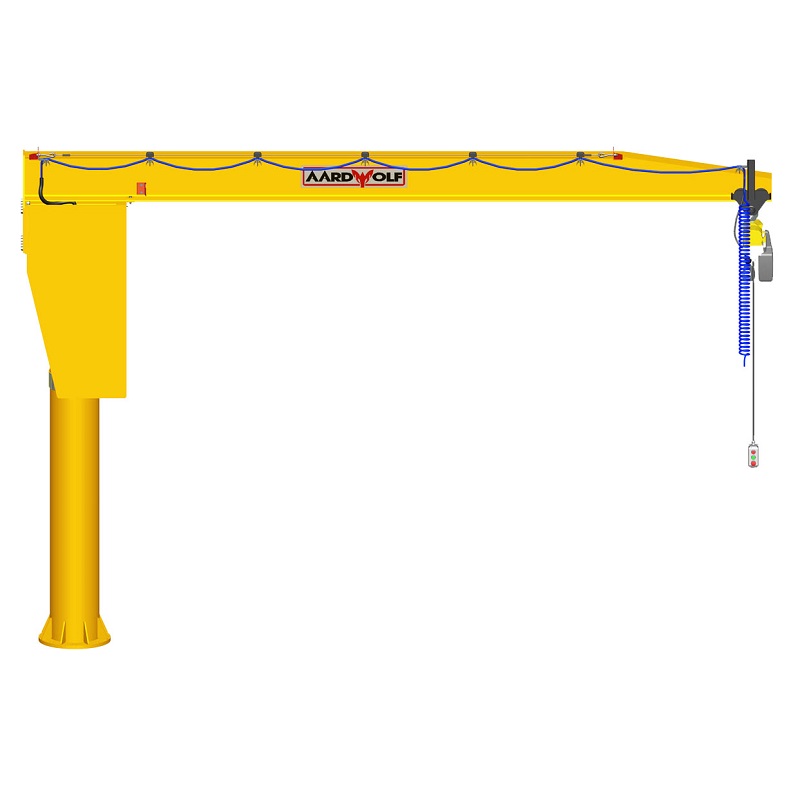


Please log in to leave a comment.